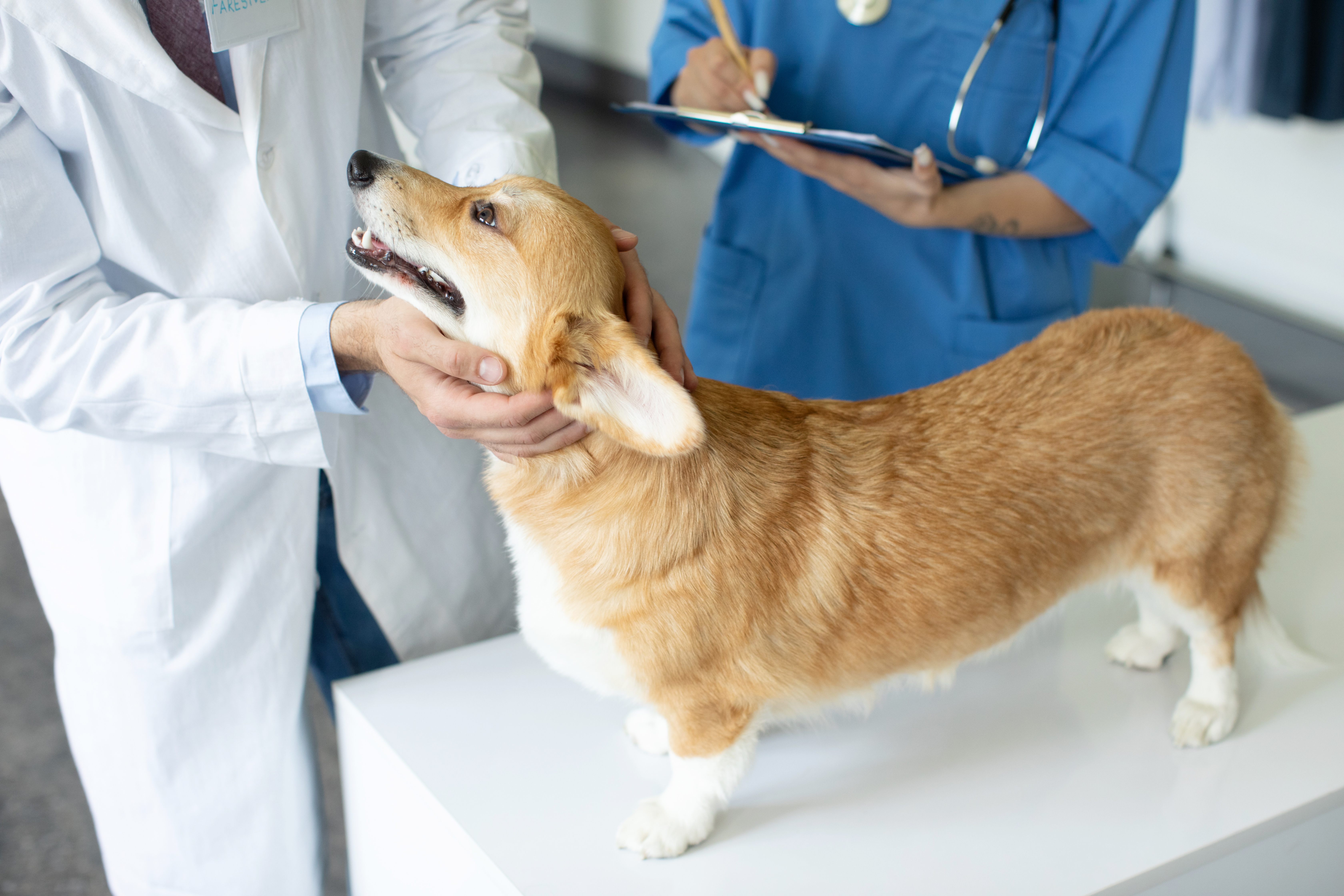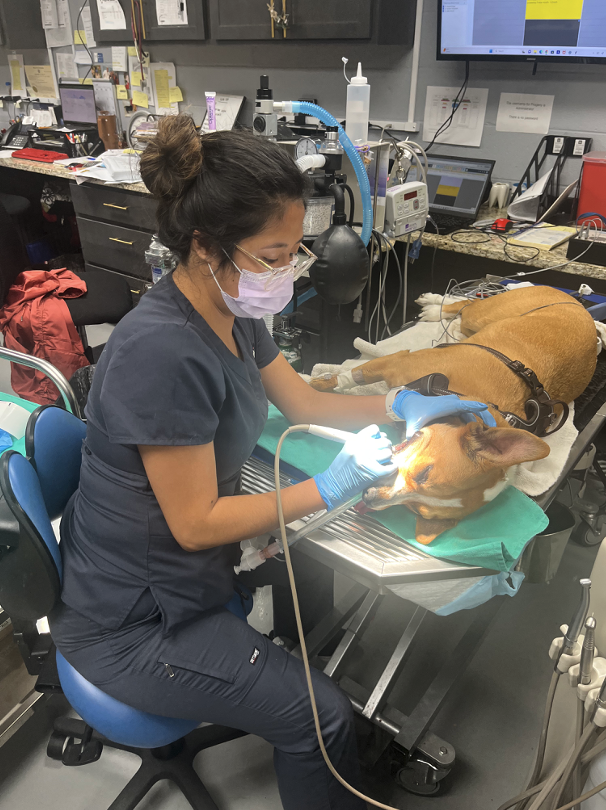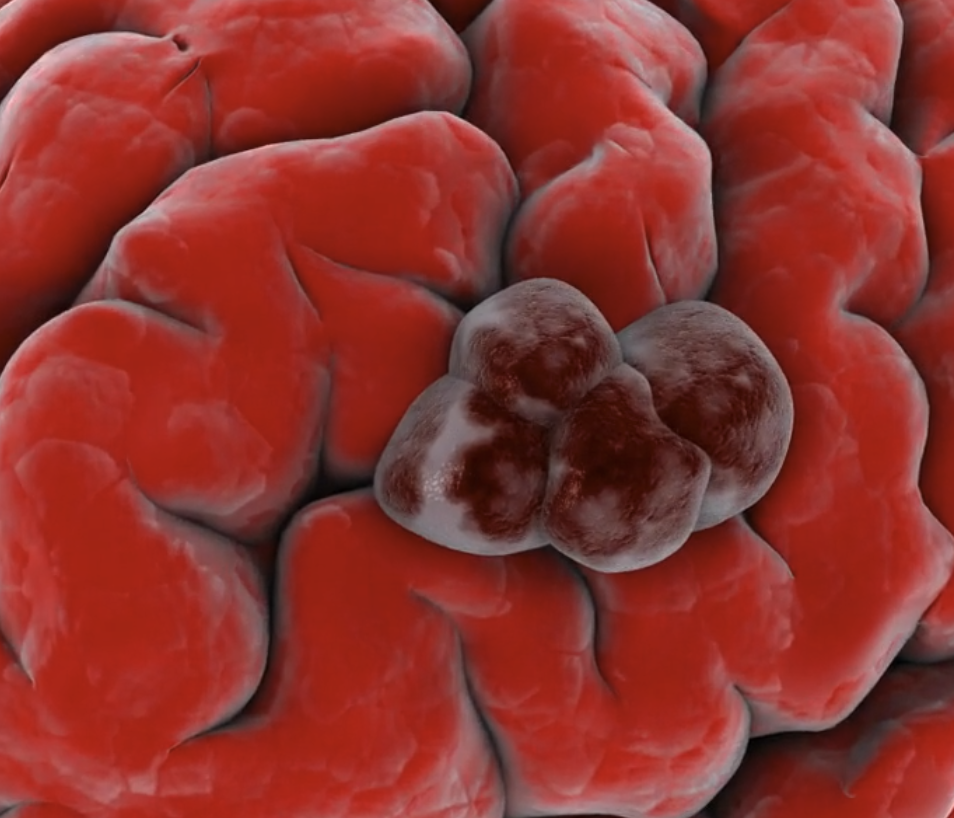Pet Health Articles
 14 Jun
14 Jun
Cancer is one of the leading causes of death in dogs and cats. Early detection is key to a better outcome. Here are 10 warning signs of cancer. If you notice one or more of these signs, you should take your pet in to see your local veterinarian: Swollen Lymph NodesThese glands are located through...
 21 May
21 May
Euthanasia is a word of Greek origin that translates to "good" and "death." Although there are people who may contend there is no such thing as a "good death," most veterinarians would disagree. Whether your pet is seriously injured, suffering from a disease or condition, or at the end of their natu...
 24 Sep
24 Sep
How do high temperatures and humidity levels affect our horses? Most of the research has been done on exercising horses and has universally shown that horses exercising in both high temperatures and high humidity have higher core body and blood temperatures, higher heart and respiratory rates, lower...
 24 Sep
24 Sep
Thankfully, barn fires are a rare occurence, but when they do happen the results are devastating. Horses can lose their lives or suffer severe burns and serious medical complications, tack and equipment is destroyed and the barn will have to be rebuilt. On the next walk through your barn, bring thi...
 23 Aug
23 Aug
Thyroid tumors account for 1.2 % to 3.8 % of all tumors in the dog and typically develop in older dogs with a median age of 9-11 years. There is no gender predisposition but Golden retrievers, Boxers, and Beagles are overrepresented. The cause of thyroid cancer in dogs is largely unknown. Most thyr...
 15 Jul
15 Jul
Dental problems are very common in dogs and cats. By the tender age of three, over 80% of dogs have significant dental disease that will benefit from professional treatment. Left untreated, the consequences of dental problems can go way beyond bad breath! Consequences of advanced dental disease inc...
 26 Jun
26 Jun
Lymphoma (also called lymphosarcoma or LSA) is a progressive form of cancer involving the lymphatic system. The lymphatic system includes organs and tissues of the body such as the bone marrow, lymph nodes, spleen, and other tissues that play a role in maintaining the body’s immune s...
 24 Jun
24 Jun
Cancer is a group of diseases in which abnormal cells within the tissues of the body grow without control. The abnormal cells can invade surrounding tissues, ultimately spreading to other organs throughout the body. There are more than a hundred specific cancer types, each showing unique behaviors a...

Why Dental X-Rays Are Not Just Recommended But Essential

Holiday Food Hazards

Urinary Incontinence In Dogs

